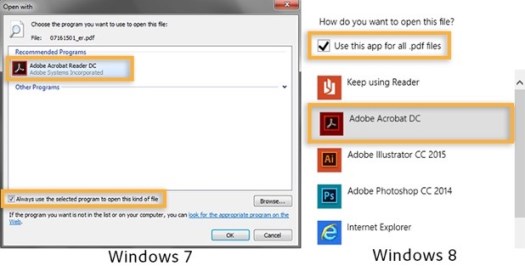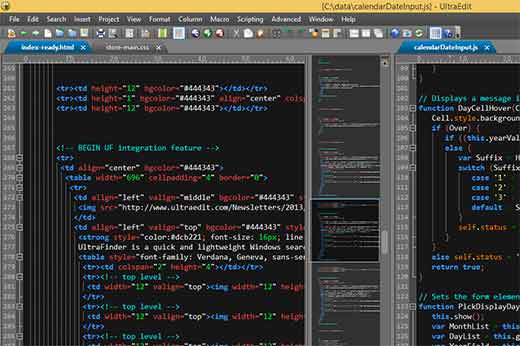Install Windows on your Mac

Boot Camp is a utility that comes with your Mac and lets you switch between macOS and Windows. Download your copy of Windows 10, then let Boot Camp Assistant walk you through the installation steps.
By default, users can install multiple versions of Office via the Office 365 portal. At the time of this writing, the Office 365 client versions that are available are Office 2016 (for PC and Mac), Office 2013, and Office 2011 (for Mac). How do I install the software for all users (4) on my iMac? HDD Fan Control is licensed to the iMac or User, not each user on the iMac, so you are fine to use it with all Users on one iMac. HDD Fan Control is a System Process that starts when Mac OSX starts so it works for all users already. How to install and run Mac apps that don't come from the Mac App Store. If a user doesn't understand how Gatekeeper works then maybe they shouldn't be messing around with software of unknown.
Featured Topics
Update AMD graphics drivers for Windows in Boot Camp
Download and install the latest AMD graphics drivers for Windows on Mac models that use AMD graphics.
Update AMD graphics drivers for WindowsUse your Apple keyboard in Windows
You can use an Apple keyboard or a keyboard designed for Microsoft Windows with your Mac. Many of the keys that you'd see on a PC have equivalent keys on an Apple keyboard.
 Learn more about keyboards and Boot Camp
Learn more about keyboards and Boot Camp
Resources

Have a question? Ask everyone.
The members of our Apple Support Community can help answer your question. Or, if someone’s already asked, you can search for the best answer.
Ask nowTell us how we can help
Answer a few questions and we'll help you find a solution.
Get supportThese advanced steps are primarily for system administrators and others who are familiar with the command line. You don't need a bootable installer to upgrade macOS or reinstall macOS, but it can be useful when you want to install on multiple computers without downloading the installer each time.
Download macOS
Find the appropriate download link in the upgrade instructions for each macOS version:
macOS Catalina, macOS Mojave, ormacOS High Sierra
Installers for each of these macOS versions download directly to your Applications folder as an app named Install macOS Catalina, Install macOS Mojave, or Install macOS High Sierra. If the installer opens after downloading, quit it without continuing installation. Important: To get the correct installer, download from a Mac that is using macOS Sierra 10.12.5 or later, or El Capitan 10.11.6. Enterprise administrators, please download from Apple, not a locally hosted software-update server.
How To Uninstall Software On Mac
OS X El Capitan
El Capitan downloads as a disk image. On a Mac that is compatible with El Capitan, open the disk image and run the installer within, named InstallMacOSX.pkg. It installs an app named Install OS X El Capitan into your Applications folder. You will create the bootable installer from this app, not from the disk image or .pkg installer.
Use the 'createinstallmedia' command in Terminal

- Connect the USB flash drive or other volume that you're using for the bootable installer. Make sure that it has at least 12GB of available storage and is formatted as Mac OS Extended.
- Open Terminal, which is in the Utilities folder of your Applications folder.
- Type or paste one of the following commands in Terminal. These assume that the installer is still in your Applications folder, and MyVolume is the name of the USB flash drive or other volume you're using. If it has a different name, replace
MyVolumein these commands with the name of your volume.
Catalina:*
Mojave:*
High Sierra:*
El Capitan: - Press Return after typing the command.
- When prompted, type your administrator password and press Return again. Terminal doesn't show any characters as you type your password.
- When prompted, type
Yto confirm that you want to erase the volume, then press Return. Terminal shows the progress as the bootable installer is created. - When Terminal says that it's done, the volume will have the same name as the installer you downloaded, such as Install macOS Catalina. You can now quit Terminal and eject the volume.
* If your Mac is using macOS Sierra or earlier, include the --applicationpath argument, similar to the way this argument is used in the command for El Capitan.
Use the bootable installer
Ubuntu Install Mac Software
After creating the bootable installer, follow these steps to use it:
Mac Install Software Terminal
- Plug the bootable installer into a compatible Mac.
- Use Startup Manager or Startup Disk preferences to select the bootable installer as the startup disk, then start up from it. Your Mac will start up to macOS Recovery.
Learn about selecting a startup disk, including what to do if your Mac doesn't start up from it. - Choose your language, if prompted.
- A bootable installer doesn't download macOS from the Internet, but it does require the Internet to get information specific to your Mac model, such as firmware updates. If you need to connect to a Wi-Fi network, use the Wi-Fi menu in the menu bar.
- Select Install macOS (or Install OS X) from the Utilities window, then click Continue and follow the onscreen instructions.
Learn more
For more information about the createinstallmedia command and the arguments that you can use with it, make sure that the macOS installer is in your Applications folder, then enter this path in Terminal:
Catalina:
Installing Software On Mac For All Users Computers
Mojave:
Installing Software On Mac For All Users Windows 10
High Sierra:
Installing Software On Mac For All Users Manual
El Capitan:
